In the age of surveillance, you might think that the golden age of organized crime is over, but gangs are thriving — even some of the old ones. They’ve simply adapted. While some still manage to evade the law, others are supported by governments. And some are so embedded in the fabric of their societies that they themselves actually are governments.
Based on their revenue, membership, and/or global reach, here are the ten most influential today.
10. SiGing
The murder of Sinaloa cartel boss Ignacio “Nacho” Coronel in 2010 left a power vacuum in the drug underworld, with rival factions vying for control of Jalisco. It was out of this madness that the Jalisco New Generation Cartel (CJNG) emerged.
As its name suggests, the CJNG is truly a new generation of Mexican drug cartel. For one thing, it is resilient – continuing to expand despite the seizure of several leaders and bank accounts. For another, it is even more brutal than its ultra-violent predecessors. From the start, Jalisco has seen a surge in killings, missing persons, and mass graves. The victims have included not only members of rival gangs (such as Los Zetas (“Zs”)), but also police and government officials. Attacks have been brutal and sophisticated, with machine guns and grenade launchers and even helicopters being shot down. To ensure that all members are capable of the actions required of them, the CJNG’s training includes kidnapping, torture, murder, and cannibalism, and new members can be as young as 12 years old. At the same time, however, the CJNG appeals to ordinary citizens with its PR campaigns.
Operating throughout Mexico, the CJNG now has an international network including contacts in South and Central America, the United States and Canada, Australia, Southeast Asia and China.
9. Wo Shing Wo

Wo Shing Wo has been steadily expanding since the 1990s, when police began paying more attention to it. The gang has spread throughout Hong Kong, as well as around the world, with a significant presence in San Francisco.
This is, of course, a triad – a Chinese gang named for the unity of heaven, man, and earth. Although Wo Shing Wo is known primarily for its involvement in illegal gambling, triad activities also include: drug trafficking; extortion and racketeering; wildlife smuggling; fraud and counterfeiting; loan sharking; cyber fraud; and money laundering. Not all of their activities are illegal, however. Triads also engage in legitimate businesses (nightclubs, casinos, bars, etc.) and even film production and distribution. Triads exist simply to fill a gap in the market or provide a service that the government does not.
Today Wo Shing Wo has over 20,000 members.
8. Black Axe
The “Nigerian princes” scam may seem comically naive, but it’s just the tip of the iceberg. They are part of an expanding global criminal empire whose members share “formats,” or plans for how to rip people off online.
The most powerful of Nigeria’s cybercrime gangs is Black Axe, a cult-like organization involved in human trafficking as well as brutal murders. The group’s members, called Axemen, coordinate their activities online, sharing photos of recent murders and mutilations – usually of rival gang members. Internationally, their activities are thought to generate billions of dollars. In Canada alone, authorities uncovered a money-laundering scheme worth more than $5 billion in 2017. And it’s unclear how many others exist; Black Axe is active in Asia, the Middle East, and Europe, among other regions, and is thought to have more than 30,000 members. This is thanks to their organization, such as dividing the world into “zones” – each with a local “chief” who is paid “fees” before the proceeds can be returned to Black Axe’s base in Benin City. In Italy, for example, the gang collaborates with the local mafia.
Black Axe, which has been around for more than four decades, typically recruits university students in Nigeria, many of whom, facing some of the highest unemployment rates in the world, are desperate for opportunities and contacts. Initiation (“baming”) reportedly involves a symbolic death and rebirth – a brutal flogging of a naked bamboo stick, followed by crawling between the legs of other gang members and emerging to songs and chants. With members of the Nigerian military, academia, religious circles, law enforcement and politics, Black Axe is extremely difficult to combat at home.
6. Sinaloa Cartel

Known as the drug lord El Chapo, the Sinaloa Cartel is today the largest and most powerful Mexican drug trafficking organization. According to Fortune in 2014, its annual revenue is estimated at more than $3 billion. But it may be much more, with operations in more than 50 countries. Unlike other cartels that have branched out into other areas, the Sinaloa Cartel remains focused on drugs, especially cocaine, methamphetamine, heroin, and cannabis.
Because of its non-hierarchical structure, lacking a single leader or kingpin, the Sinaloa Cartel has resisted attempts to destroy it. This is also believed to have contributed to its global expansion, with many local groups operating semi-independently around the world. However, members are often related by blood or marriage. In fact, it began as an association of farming families. Another characteristic of the Sinaloa Cartel is its preference for non-violent solutions, favoring bribes but still willing to kill. This stands in stark contrast to its current number one competitor, the CJNG.
6. Camorra
The Camorra mafia, which is believed to be centuries old (older than Italy, in fact), controls the city of Naples. Its influence is such that Neapolitans, who call it “the system,” are reluctant to testify against it—as if it were the government itself. It might as well be; the gang provides not only jobs but also protection for the people. It also owns much of the city through debt, ruling the lives of many citizens.
Membership includes 100 “autonomous clans” and about 10,000 “direct partners,” as well as a large base of dependent clients and friends. Annual revenue from joint operations (including in North and South America and Europe) was estimated at $4.9 billion in 2014.
Contrary to popular belief about the emergence of other gangs in Naples, the Camorra still controls the city. Among its enterprises aresquares or drug bazaars - fortified apartment buildings with dozens of observation posts and an underground system of drug and money exchange, making police raids virtually pointless.
5. 'Ndrangheta

Long thought to be non-hierarchical or horizontal in structure, like the Sinaloa cartel, the 'Ndrangheta is now known to have one central kingpin, or thief in law.capo crimine ("capital crime"). In fact, it is a mafia connected to the real mastermind of New York for "The Godfather" Carlo Gambino.
The capo surrounds the 'Ndrangheta's governing body,crime Below them are the "colonels": Mr. General ("chief master"), society cap ("head of society") and Contabile (accountant). Then there is ndrines or clans—usually families of at least 49 people—responsible for local territories. The ranking system is closely linked to Catholic saints, and initiations are known as "baptisms."
As of 2014, the ‘Ndrangheta’s operations in 30 countries and 60,000 members were estimated to generate $66.4 billion a year, or 3.5% of Italy’s GDP. That’s more than the country’s largest bank, UniCredit. And if the ‘Ndrangheta were a country, it would earn more than Luxembourg. Activities primarily involve drug trafficking and “illegal waste disposal,” as well as gambling, extortion, prostitution, arms trafficking, and counterfeiting.
4. Sun Yee On

Triads in China date back to the 17th century, when they secretly worked to restore the Ming Dynasty to power. Despite their failure to achieve this goal, they continued to operate discreetly, and by the 1960s, triad membership in Hong Kong had grown to about one-sixth of the population.
Traditionally, triads are honor-based societies, an alternative to corrupt institutions. However, Sun Yee On is a notable exception to the rule. Formed in the early twentieth century, members are interested solely in self-preservation and wealth. Although its main rival is Wo Shing Wo, for example, and fights are common, they are not above banding together to make money. It also collaborated with the Japanese during WWII.
By the 1970s, Soon Yee On had 47,000 members. In the 1980s and 1990s, it took over Hong Kong's film industry, and today its influence extends to high-ranking government officials. Its exact annual income is unknown, but it is thought to be in the hundreds of billions, in part because it controls 12% of the world's heroin supply.
3. 14K
The 14K triad is considered the largest in terms of membership and has been active in Hong Kong since the 1940s. Officially, the police attribute its resilience to its pyramid structure, its vigilance in undercover operations, and public demand for its services (including heroin, illegal immigration, and gambling).
Unofficially, however, the 14K and other triads are aided by government officials. This is nothing new; in 1984, CCP leader Deng Xiaoping openly expressed a willingness to work with organized crime, praising their patriotism and honor. In reality, the triads have provided protection to CCP officials abroad. In return, the government ignores some of their more questionable activities, such as smuggling drugs, wildlife, and people through the Golden Triangle “special economic zone” (SEZ).
As recently as 2020, former 14K leader Wan Kuok-koi (aka “Broken Tooth”) himself stepped into a high-profile role, meeting with the President of Bougainville in Papua New Guinea to discuss plans for a new SEZ as part of China’s Belt and Road trade network.
2. Solntsevskaya Bratva
The Solntsevskaya Bratva (or "Solntsevskoye Bratstvo") rose from the ashes of the Soviet Union to become the most powerful Russian mafia. Although it controls banks and businesses in Russia, it is virtually invisible on the streets - so much so that some think it does not exist.
Partly it is a matter of discretion. The leadership is believed to be twelve men who meet secretly in various locations around the world. But it is also because its activities are controlled by the Kremlin and at the same time supported by the Russian elite, or “kleptocrats.” Like the triads in China, Russian gangsters have been embedded in the political establishment since Stalin first used them to rob banks and raise funds for the revolution. In the 1990s, the collapse of the Soviet Union and Russia’s subsequent entry into the capitalist free market was a feeding frenzy for the gangs. Ultimately, they helped shape the new status quo. There is now little line between crime and the state. Drug and human trafficking blend almost seamlessly with legitimate business.
1. Yamaguchi-gumi

For years, police have sought to destroy the Yamaguchi-gumi yakuza, “one of Japan’s most feared crime syndicates.” From its fortress-like headquarters, it runs the world’s largest and richest gang, or, as some would say, “Japan’s second-largest private equity group.” Members are known to gather insider trading information, as well as blackmail information on influential politicians and executives, through a network of hospitality workers. Other activities include drug trafficking, fraud, theft, and violent crime.
But they also run legitimate businesses and humanitarian groups. For a criminal group, they actually have quite a public image in Japan, from office buildings and business cards to fan magazines and “comics about their exploits.” It’s a far cry from their origins as a free-wheeling dockworkers’ union in early twentieth-century Kobe. The yakuza also break with many of the usual stereotypes: Young members tend to forgo tattoos, cut off their little fingers, and so on, to avoid identifying themselves as gang members. Gang warfare involving gunfights has also become much less common. Penalties for possessing firearms are too harsh for the new generation of yakuza to understand.
However, the Yamaguchi-gumi's operations are spreading throughout Asia and into the United States. Domestically, the gang is also planning to expand into Tokyo, historically not their turf. Despite stricter laws in Japan and internal schisms, it remains dominant both at home and abroad.

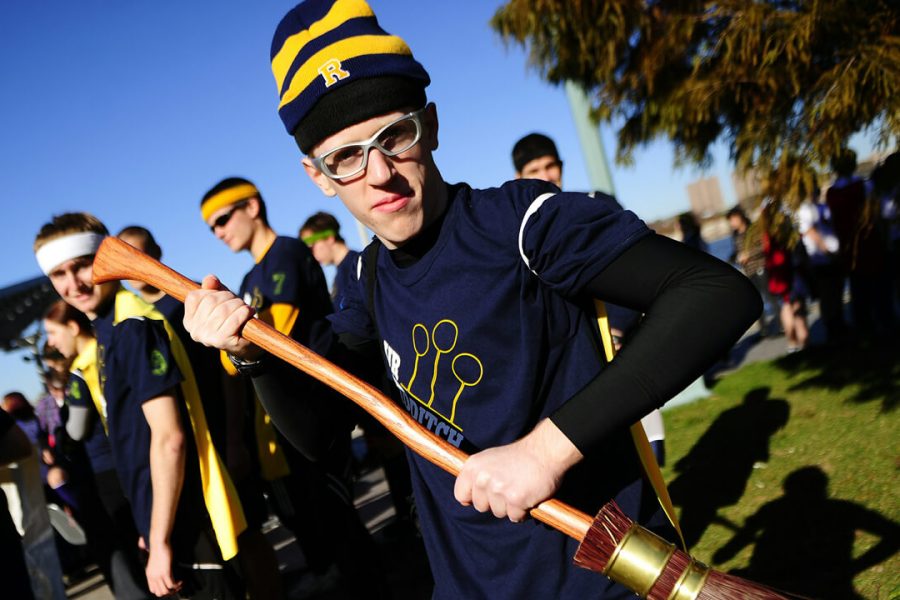

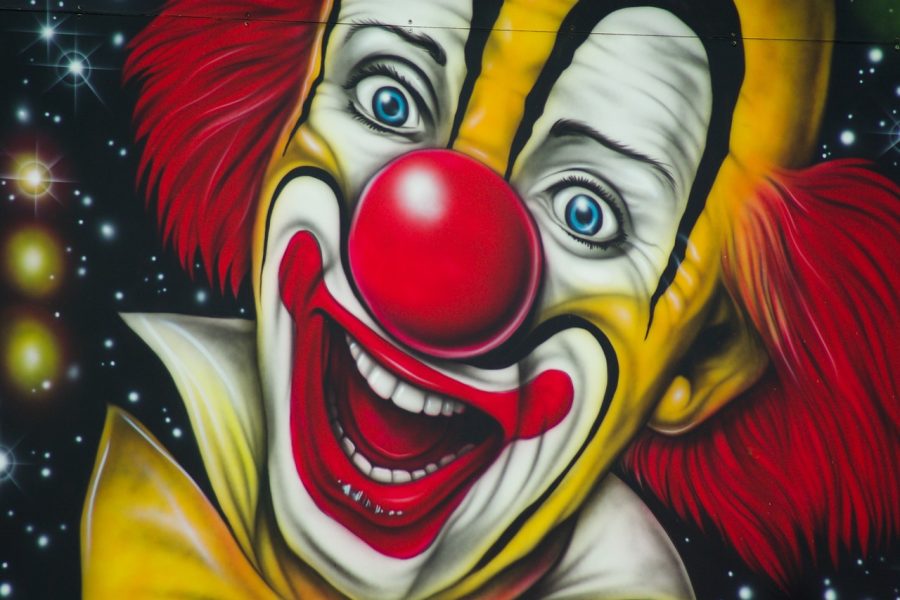





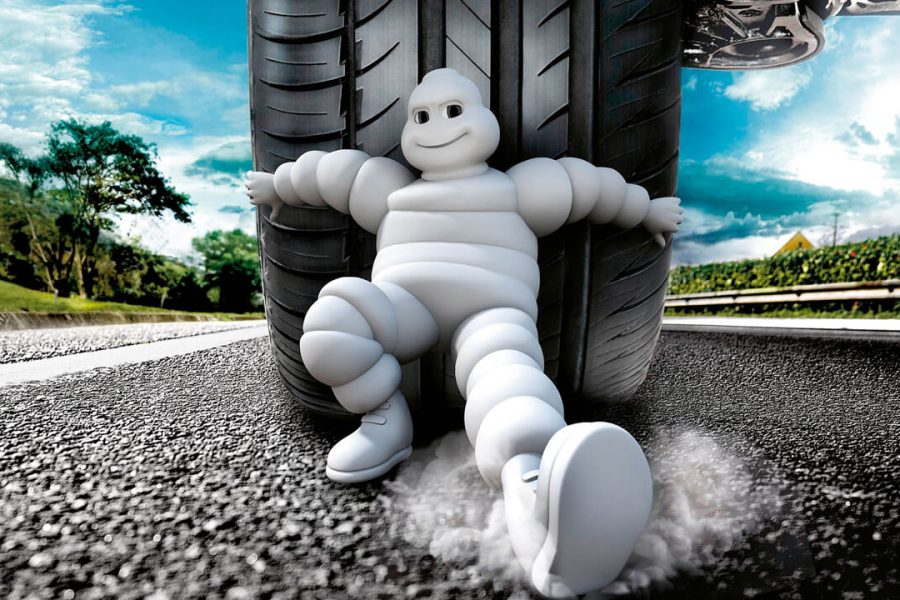
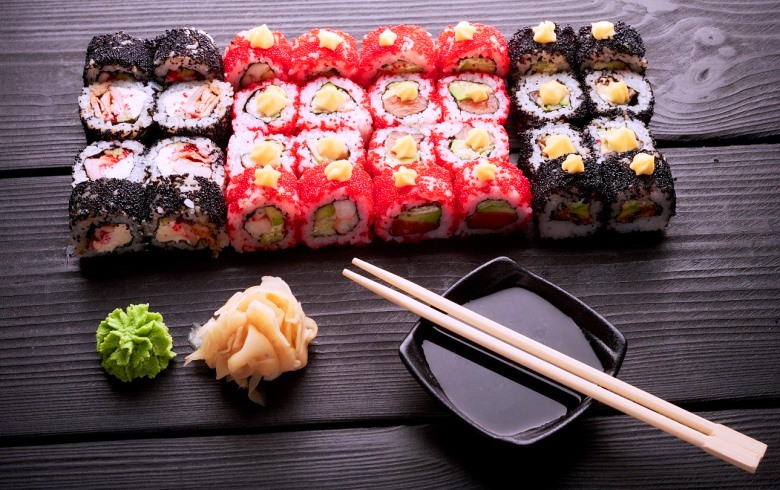
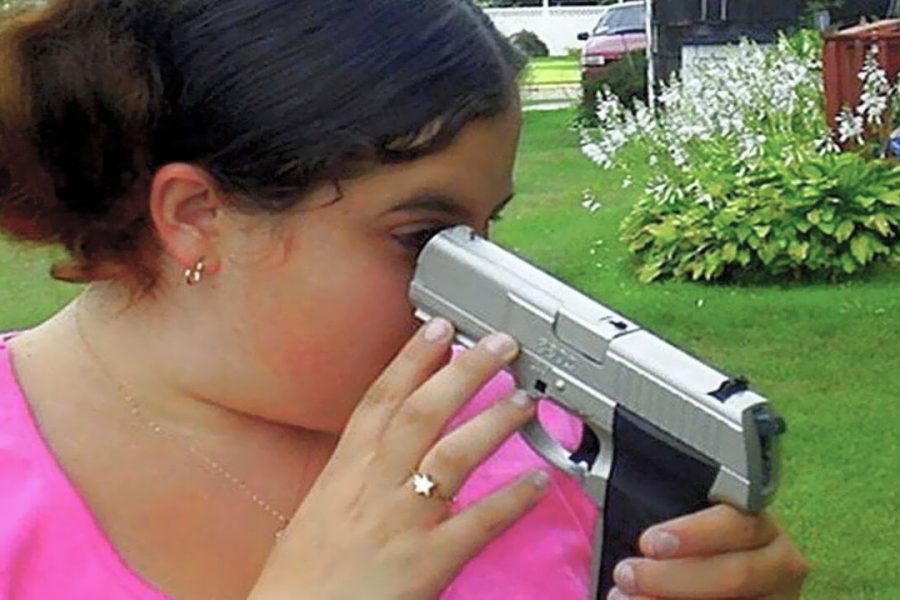

Оставить Комментарий